Greener ports with ITS
LOWER CONGESTION AND CREATE GREENER PORTS WITH INTELLIGENT TRANSPORT SYSTEMS
Improving the environment in and outside cities all over the world is currently one of our society’s top
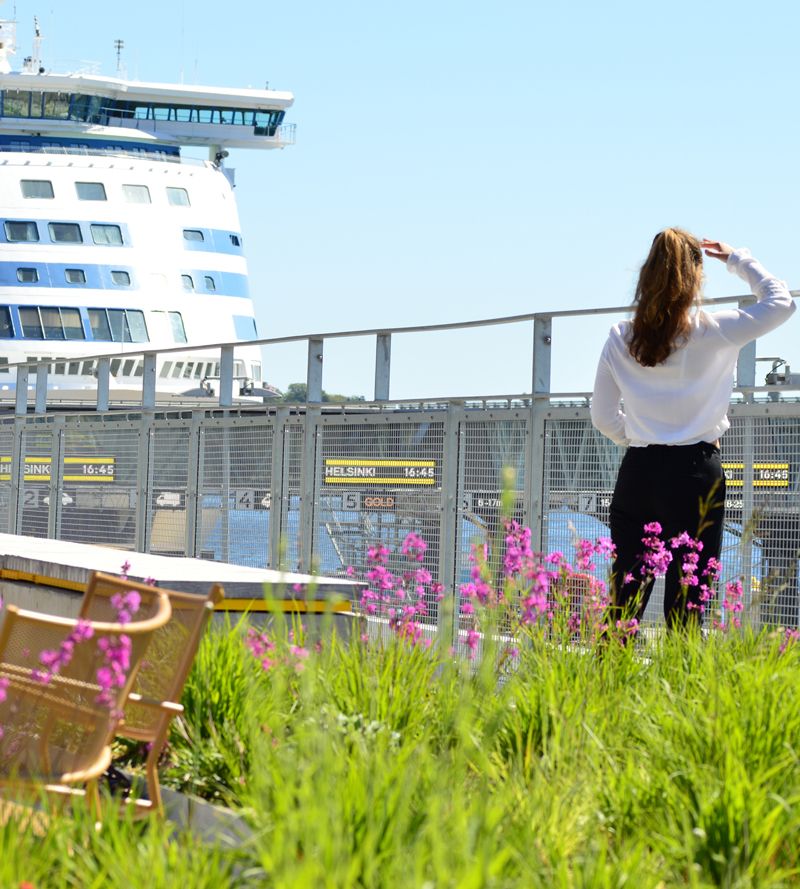
How can Intelligent Transport Systems (ITS) make the port greener?
ITS are used in cities, tunnels and on highways to improve traffic flow by guiding travellers and providing them information and new modern priority or micro-mobility solutions for a better travelling experience with
This is how ITS can be used at ports to minimize congestion:
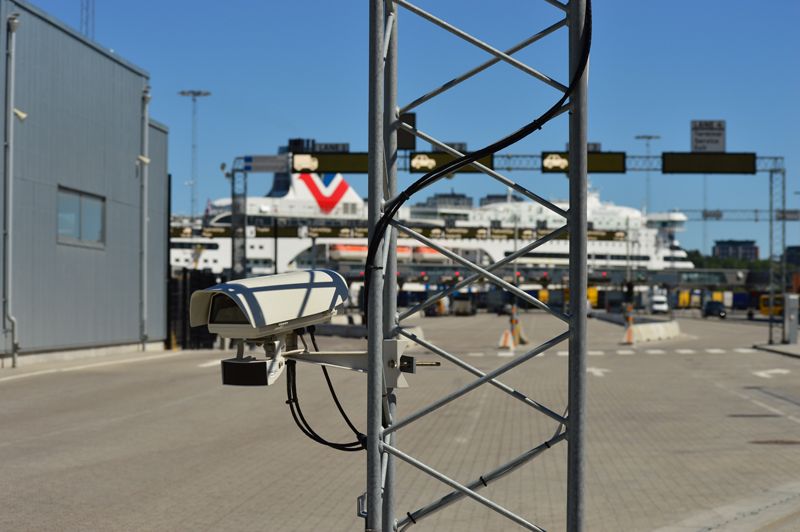
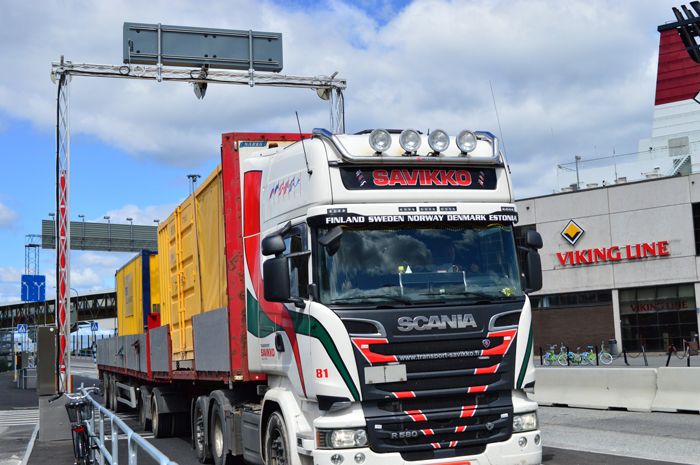
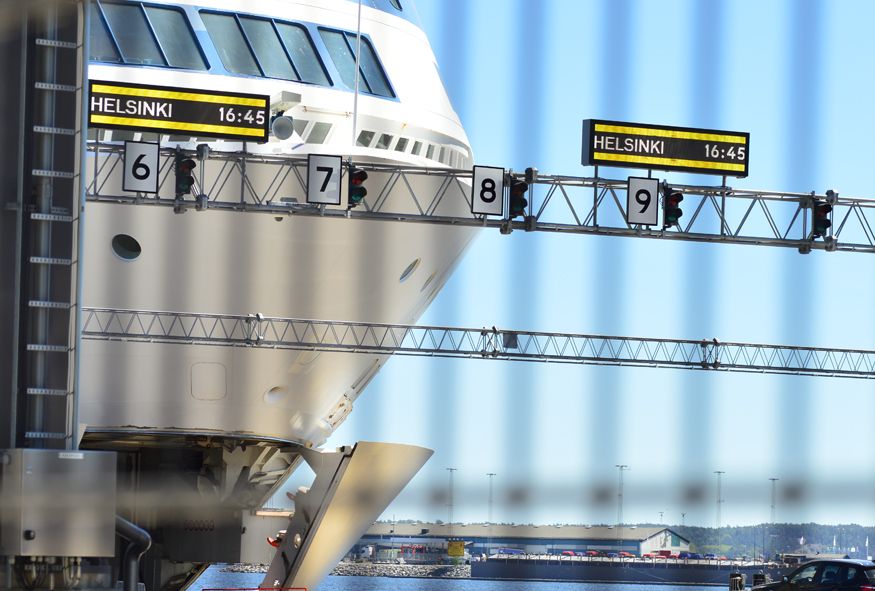
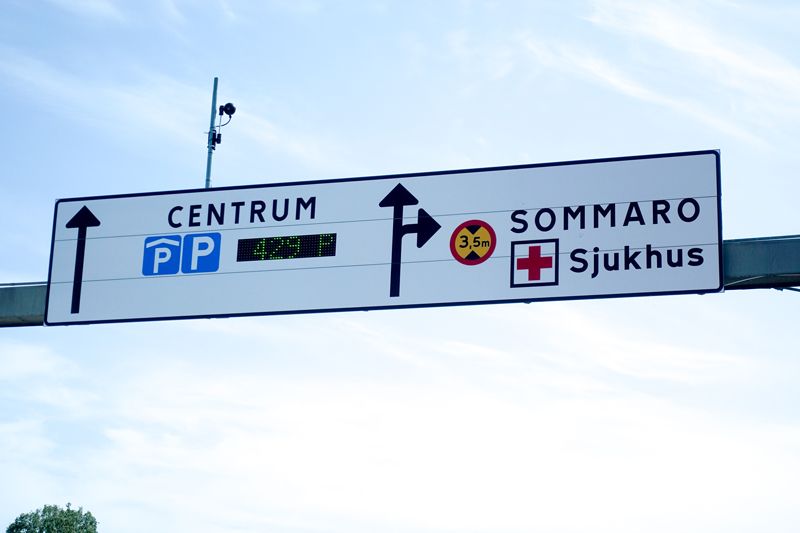
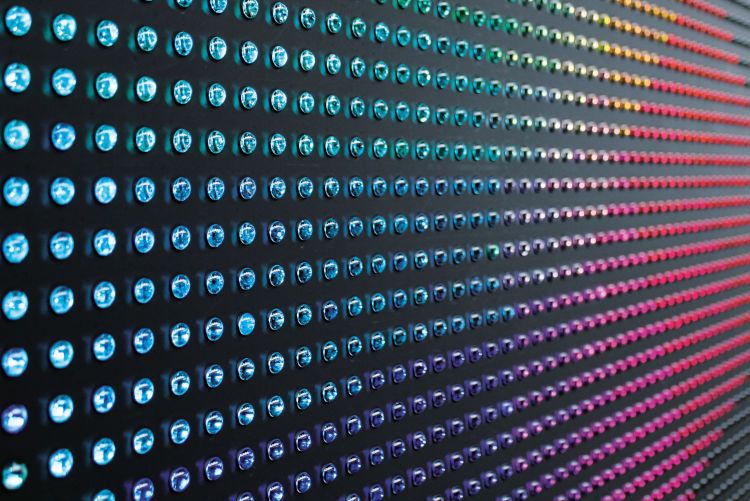
1. Automated handling of all vehicles entering the port – decreased waiting time in lines and less exhaust:
By making
2. Streamline trailer management – efficient logistics and control of environmentally hazardous goods
Guiding trailers to the right waiting area and keeping track of their positions and specifications can make the loading and unloading process more efficient. Management of dangerous goods is made easier and even more importantly – more secure.
3. Traffic guidance by variable message signs for better traffic flow:
When guiding all vehicles straight to the right lanes, we create better traffic flow with fewer stops and wrong turns, which results in an overall lowered congestion in cities. This also provides visitors with a more pleasant visit to the port.
4. Optimizing the area instead of expanding the area, more space for cities or forests:
Optimizing the port and improving traffic flow makes it possible to lower congestion. It’s also possible to minimize the port’s area while still
managing more vessels. SWARCO’s project with Ports of Stockholm at Värtahamnen is a great example of this; the environmentally friendly port of Värtahamnen, with its five berths and modern passenger terminal, can now simultaneously handle more ships and more traffic within a reduced area compared with previously. The city of Stockholm has thus regained large parts of the area occupied by the port, which in turn means more space for the city to develop new homes, open spaces and jobs.
5. Parking Guidance around the port – no need to drive around searching for parking
When visitors have to drive around to look for free parking spaces, it is not only stressful it also leaves unnecessary and negative imprints on the environment due to the congestion it causes. This unnecessary extra driving can easily be avoided by implementing a parking guidance system that guides visitors directly to free parking spaces with the necessary requirements, e.g. parking with charging stations or accessibility-adapted spaces.
6. Using the latest LED technology to lower energy consumption
All SWARCO signs and lighting allow for an up to 97% reduction of LED forward current (depending on pixel pitch), maintaining
In conclusion, by making traffic flow more efficient we are able to minimize congestion all over our cities, ports and parking areas. This plays an important role in our society as ports are, and will continue to be, one of its essential building blocks. ITS ensures that the workflow, traffic flow and trailer management are made more efficient and more environmentally friendly.
